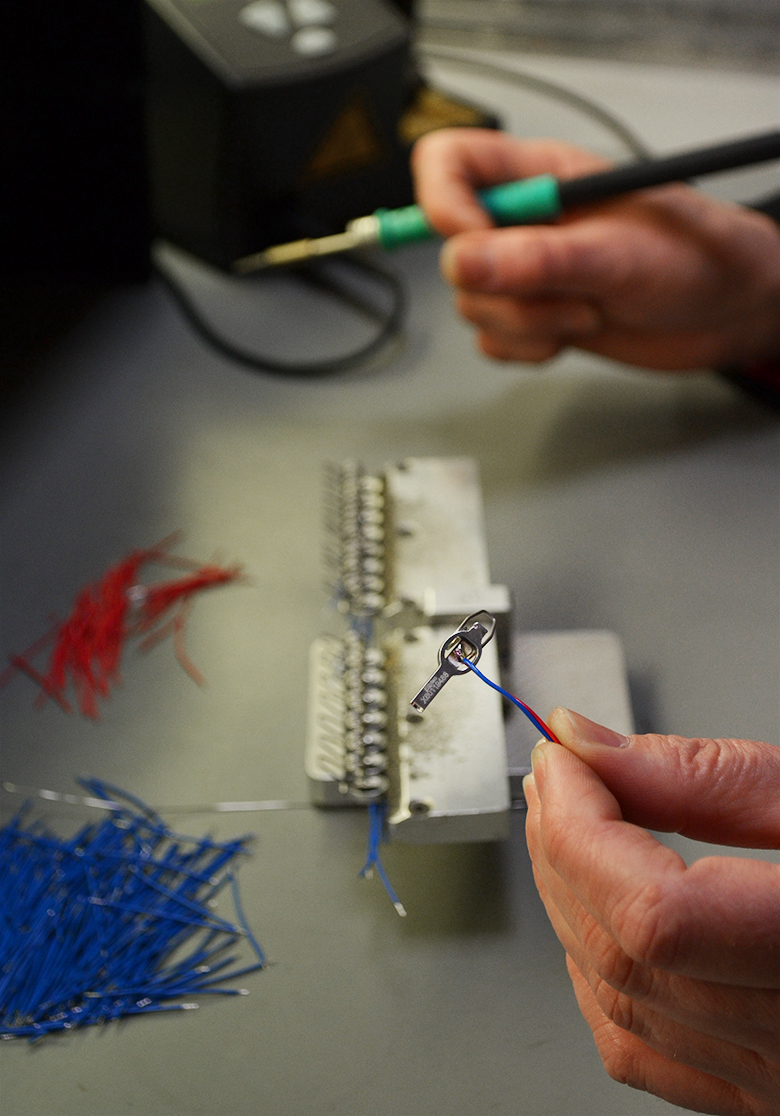

Modern piezoelectric actuators use a monolithic stack of PZT layers and electrodes, known as a PZT stack.ĭisplacement modes of piezoelectric stack actuators For example, a 1mm thick layer of PZT will increase in thickness by one micron when actuated. Typically, the length change is about 0.1 percent of the total material length in the direction of the applied field. The magnitude of the length change is generally proportional to the strength of the applied electric field as determined by the actuation voltage of the device.

This change in displacement or length occurs as the electrical dipoles within the material rotate and align with the direction of the electric field. These materials exhibit an induced strain effect, where they expand or contract in the presence of an applied electric field. Piezoelectric actuators are commonly utilized to create fast and / or precise movement or generate forces by using electro-active materials, like lead zirconate titanate (PZT), as the primary driving force. The Piezoelectric Effect in Motion Applications Video: Principle Operation of Piezo Actuators, Piezo Flexure Guided Motion and Piezo Motors
#PIEZO MOTORS FOR FREE#
Additionally, their extremely fast response times, wide operating bandwidth, and high specific force make them suitable for various other applications, including fluid valve control, optical scanning, fast steering mirrors for free space optical communication, vibration isolation, and precision machining. Unlike descrete stepper motor actuators, these actuators have the ability to generate smooth and uninterrupted motion with resolutions at the nanometer and sub-nanometer level, making them ideal for nanoliter dosing, precision positioning and scanning systems such as super resolution microscope stages. Piezoelectric ceramic-based motion devices, also known as piezoelectric actuators, are increasingly popular in fields that demand high-frequency operation and precise motion control. Why Piezo Ceramic Motion Devices are Different When comparing these actuators to conventional electromagnetic alternatives (such as solenoids, linear motors, and voice-coils, motor-screw driven combinations) and other materials that induce strain, like electrostrictive ceramic, magnetostrictive, and shape memory alloys, it can be useful to refer to the following information regarding piezo-actuator design and performance issues. Familiarity with the fundamental operational principles of piezoelectric actuators can also aid in their control and operation. To effectively utilize piezoelectric actuators, one must possess a comprehension of both their mechanical and electrical performance.


 0 kommentar(er)
0 kommentar(er)
